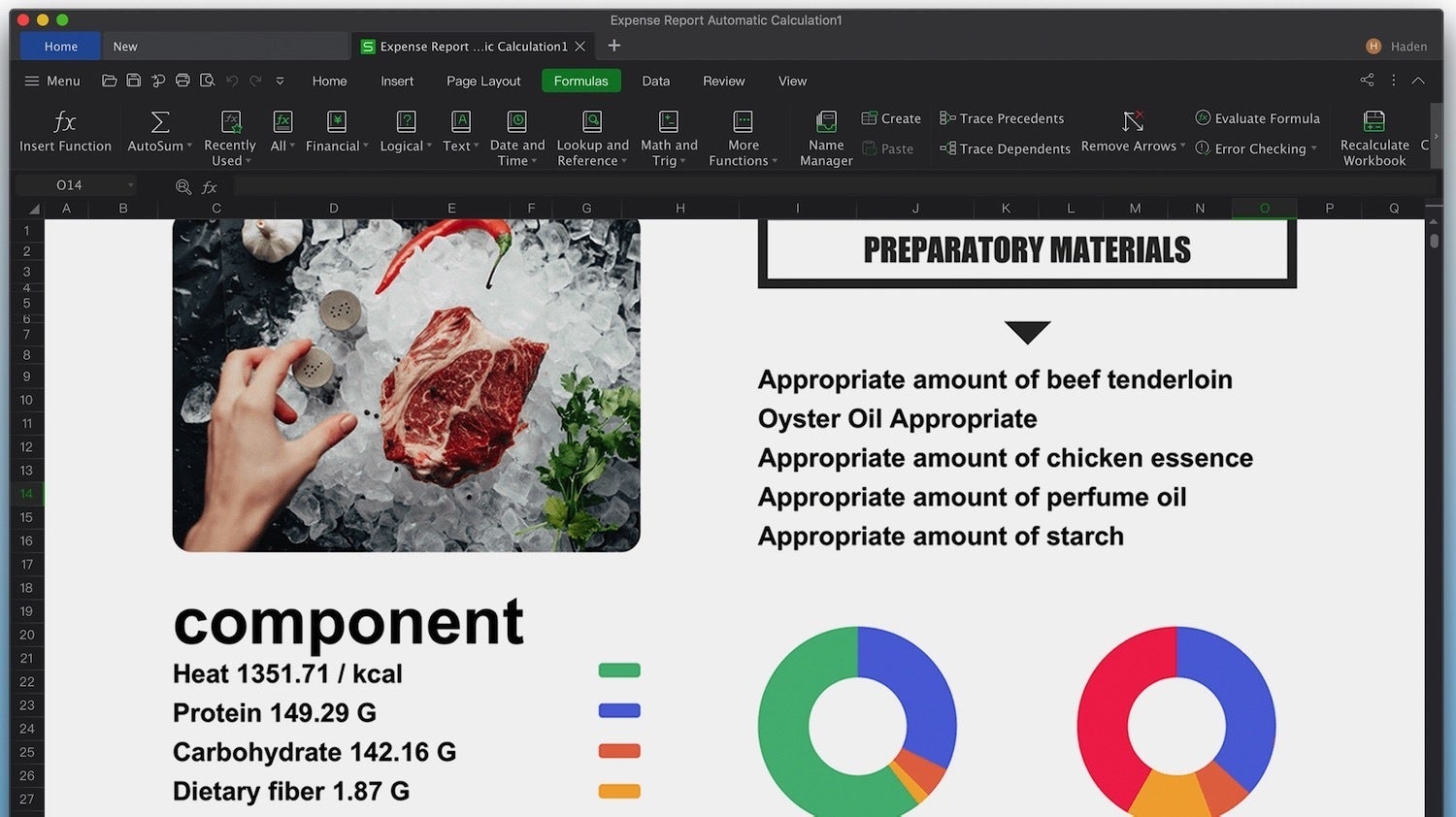In this fast-paced digital era, efficiency and productivity are paramount, especially when it comes to tasks involving data management and evaluation. WPS Office, a full-featured office suite, provides users robust tools to enhance their workflow, and one of its key features is the use of macros in WPS Spreadsheets. These macros can significantly streamline repetitive tasks, allowing users to concentrate on more critical activities, making these macros an indispensable resource for both individuals and businesses alike.
Understanding how to efficiently utilize the capabilities of macros in WPS Spreadsheets can revolutionize the way you handle data. From simple actions like formatting a report to advanced data calculations, macros save time and minimize human error. This article will guide you through the benefits and real-world applications of macros in WPS Office, helping you tap into the complete potential of your spreadsheet experience.
Understanding Macro Functions in WPS
Macro Functions in WPS Office are powerful tools that enable users to automate recurrent tasks inside spreadsheets. By recording a series of operations, users can create scripts that perform these tasks with just a one command. This feature not only conserves time but also enhances productivity, making it more manageable to manage large collections of data.
Creating a macro in WPS Office requires a straightforward process. Users can open the macro feature through the Developer tab, where they can opt to capture a new macro or code one using the Visual Basic for Applications language. This versatility accommodates both beginner users who favor a graphical approach and experienced users who seek more customization through coding.
Once recorded, macros can be easily modified and distributed. Users have the ability to link macros to controls or hotkey shortcuts, allowing for fast access. Additionally, by saving macros in personal or shared files, teams can work together more efficiently, ensuring that time-saving tasks are accessible to all users in a common project.
Creating Your Initial Macro
To start building your first macro in WPS Office, first ensure you have a solid idea of the process you want to automate. Macro functions can simplify recurring actions, optimize workflows, and free up a considerable sum of time. Open your WPS Spreadsheet, then navigate to the “Dev” tab, which is essential for accessing macro functionalities. wps官网下载 If you do not see the Developer tab, you can turn on it in the options under the Menu options.
Once you are in the Dev tab, click on the “Capture Macro” option. A dialog box will show, prompting you to name your macro and set it a hotkey key if desired. It is a good practice to include a clear name that represents the objective of the macro. After this setup, you can begin recording your actions. Carry out the series of tasks you want the macro to replicate, whether it’s formatting cells, performing calculations, or making charts.
After finishing your intended actions, press on “Stop Recording”. Your macro is now developed and stored for subsequent use. To activate your macro, simply return to the Developer tab and select “My Macros”. You will see a collection of your captured macros. Select the one you just created, and click “Execute”. This method not only saves time but also empowers you to boost efficiency in your routine spreadsheet tasks within WPS Office.
Best Guidelines for Script Development

When developing macros in WPS Office, it is crucial to start with well-defined goals. Identify what tasks need automation and ensure that you have a comprehensive understanding of the workflow. This understanding will guide you in writing efficient code adapted to your particular needs. Take the time to outline the steps involved, as this can help in predicting any likely issues that may arise during the macro’s execution.
Another crucial aspect of macro development is code organization and recording. Structuring your code logically makes it simpler to read and maintain. Use meaningful variable names and annotations to elucidate the purpose of each section of the code. This practice not only helps you but also supports others who might engage on the code in the upcoming period. Keeping your code organized and properly noted can save significant time down the line.
In conclusion, testing and debugging are crucial components of the macro development workflow. Incrementally test your macros as you build them to identify errors early. Utilize WPS Office’s built-in debugging tools to identify and resolve issues quickly. Don’t forget to take into account edge cases and deal with potential errors gracefully within your macros to make sure they function reliably in various scenarios. Ongoing testing will lead to a more robust and trustworthy automation solution.